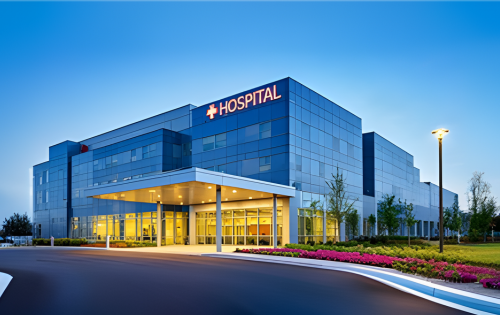
Keeping Retail Safe on Black Friday: What Leaders Need to Know
Black Friday remains one of the busiest, most profitable, and most unpredictable days in retail. Record-breaking foot traffic, earlier opening times, and high-value merchandise all converge to create a uniquely challenging security environment. For retail leaders, ensuring safety on Black Friday isn’t just about preventing loss — it’s about protecting employees, customers, and the integrity of the brand experience.
Below are the key considerations and strategies that help retailers create a safer, more secure shopping environment during the year’s biggest shopping moment.
1. Expect the Surge: Prepare Early and Prepare Smart
Black Friday crowds are different than everyday foot traffic. They arrive early, move quickly, and create pressure points throughout a store or mall. Effective preparation starts weeks in advance with:
- Clear staffing plans for peak periods
- Pre-event walkthroughs to identify congestion risks
- Coordination with property management, security teams, and local responders
- Updated communication protocols for both frontline and management teams
When employees know exactly what to do, whom to call, and how to respond, operations run smoother and risks decline dramatically.
2. Prioritize Employee Safety Before Anything Else
Employee safety drives customer safety. During Black Friday, associates face the highest strain — crowd surges, aggressive shoppers, line disputes, and unexpected incidents.
Leaders should ensure:
- Proper briefings before doors open
- Visible supervisory presence throughout the day
- Clear escalation procedures
- Quick access to support when tensions rise
Simple interventions — such as managing queue lines, staggering high-demand product access, or using designated staff for customer flow — can prevent potential incidents before they escalate.
3. Reinforce Crowd Control and Flow Management
Most security risks on Black Friday stem from crowd behavior. A safe environment depends on:
- Organized, clearly marked entrance and exit paths
- Barriers or stanchions where lines can form
- Controlled access to doorbuster items
- Defined “maximum capacity” thresholds
- Real-time monitoring to adjust flow as crowds shift
Crowd control is not about restriction. It’s about creating a predictable, comfortable experience for shoppers while reducing chokepoints where incidents tend to occur.
4. Use Technology to Strengthen Situational Awareness
Modern retail security relies heavily on visibility — knowing what’s happening in real time, reacting quickly, and preventing issues before they become events.
Retailers benefit from technologies such as:
- Video monitoring in high-value and high-traffic areas
- Analytics that detect unusual movement or crowding
- Two-way communication tools to connect staff and security
- Panic-alert or emergency-notification solutions
- Controlled access to stockrooms, back offices, and restricted spaces
Technology should enhance — not replace — people. When paired with trained staff, it creates an environment where issues are identified and addressed fast.
5. Prepare for External Risks, Too
Black Friday brings more than in-store challenges. Full parking lots and long lines outside create additional risks:
- Vehicle collisions
- Theft or break-ins
- Loitering or unsafe activity
- Slip and fall hazards
- Poor visibility at night
Retail leaders should ensure strong exterior awareness — lighting, cameras, patrols, and a coordinated plan for managing early crowds waiting to enter.
6. Communicate Clearly, Often, and Everywhere
On major retail days, communication is a critical safety tool. Leaders should implement:
- Clear signage for entrances, exits, and checkout
- In-store announcements for crowd updates
- Quick communication channels between teams
- Pre-approved scripts for managing escalations
When customers and staff both understand expectations, uncertainty and frustration drop significantly — reducing the likelihood of disputes or unsafe behavior.
7. Conduct a Post-Event Debrief
Resilience in retail means learning from every major shopping day. After Black Friday:
- Review incidents or near misses
- Evaluate what worked and what didn’t
- Document opportunities for improvement
- Adjust floor layouts, staffing, and protocols for next year
Continuous improvement strengthens both safety and operational success.
Final Thought
Black Friday will always come with unique pressures — but with thoughtful preparation, strong communication, and modern situational awareness, retailers can turn challenges into predictable, manageable operations. The result is a safer environment, more confident staff, and a better experience for every shopper who walks through the door.



